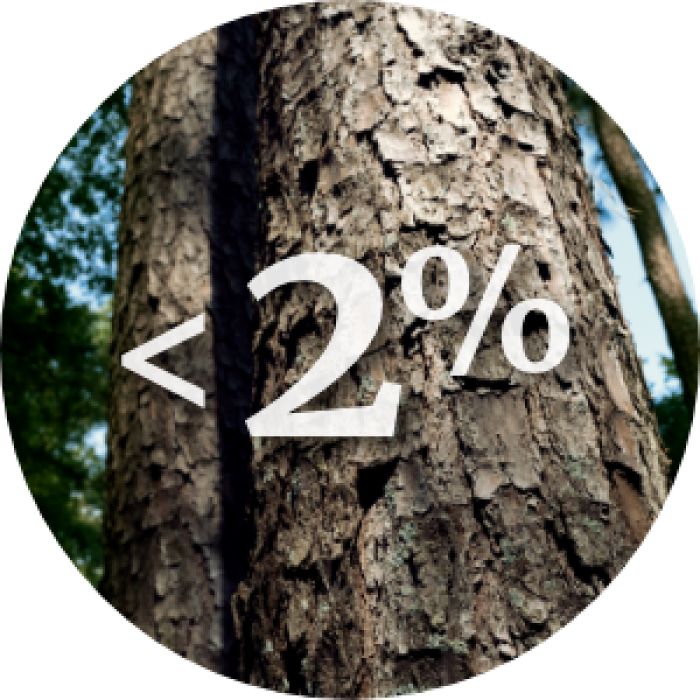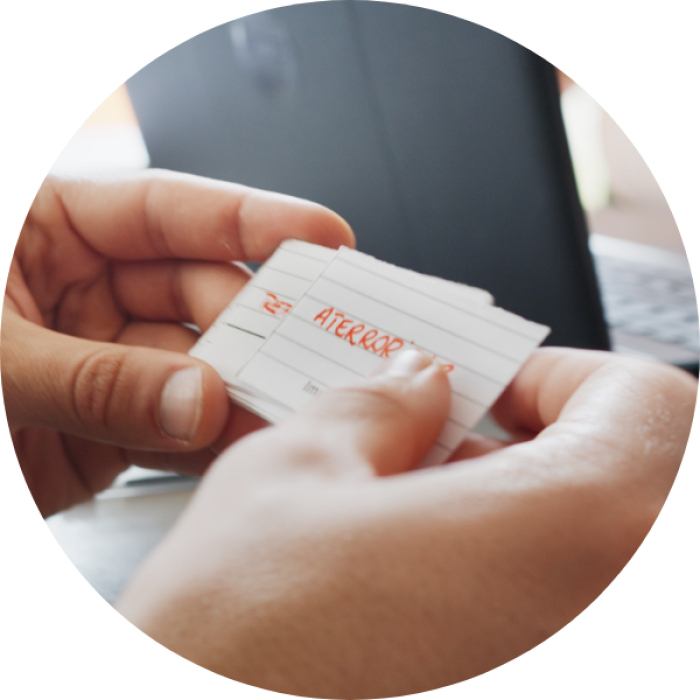
Ever seen, tucked on the bottom of a printable PDF or in an email signature, something along the lines of “Save a tree—think before you print”?
The instinct comes from a good place. But the facts don’t match up. In truth, using paper helps protect U.S. forestland, thanks to the way the industry carefully plants and manages its resources.
But here’s the real surprise: that email urging you not to print? It has a carbon footprint of its own.
The Way Forward from E-Waste
For all the good the digital revolution has brought, it’s also created an entirely new problem. Globally, 53.6 million metric tons of electronic waste were generated in 2019, with only 17.4% of this waste being documented as recycled. Americans and Canadians alone generate nearly 46 pounds of e-waste per capita every year. And because the waste is often invisible, taking place in plants and factories, the public underestimates the problem.
The electronics industry is figuring out how to better handle its waste, but its harm continues to take a toll. Research shows that e-waste, which exposes people to heavy metals, is associated with adverse health effects, including poorer learning outcomes and damage to the immune system.

Amount by which U.S. forests reduce the nation’s net emissions

Percentage of U.S. forestland harvested annually

U.S. paper industry’s expected volume of recycled paper (in tons) used by 2025
Paper and Sustainable Forestry: The Truth About Printing It Out
When you print your email—or anything else—you’re contributing to the growth of forests through sustainable forestry practices. Most paper is made from purpose-planted trees, whether that purpose is explicitly for paper or other industries (furniture, construction) that produce scraps and residuals that the paper industry retrieves, rescuing parts of the tree that would otherwise go to waste.
In fact, there are more trees in the U.S. today than there were in 1970. That’s in part because every year, private forest landowners plant nearly twice the volume of trees that they harvest.
When people think of the forest products industry, they often imagine their local park or public forests being chopped down. Actually, though, most paper is made from recycled materials and parts of trees that largely come from small, private landowners who devote their lives to being careful stewards of the land. When they do harvest a section of trees, they do so knowing that it will be reforested, with young trees sequestering more carbon than old-growth trees, making new forestland a larger carbon sink than older forests.
So, for people who are looking to be caretakers of the planet in their day-to-day choices, know this: Turning to paper means embracing sustainable practices. That’s true of “virgin” paper made from new trees, as well as choosing recycled products (paper is one of the most recycled materials). It’s made from a renewable resource—one that can be recycled and turned into new paper products—and one that provides cleaner air and diverse wildlife habitats throughout the land.

Paper note-takers complete tasks 25% faster than digital note-takers

Drawing by hand activates more parts of the brain than typing

Paper’s physical detail anchors your memory more than writing with a tablet and stylus
Paper and Digital Play Well Together
Just because paper is a sustainable resource doesn’t mean digital tools don’t have their place, though.
Paper has been shown to have benefits in memory retention and productivity; digital tools are highly effective for collaboration and data collection. Looking for ways to use the two in tandem can supercharge both productivity and play, while balancing your environmental footprint.
For example: Turning to paper for deep-focus work can help you stay on task; using digital means to communicate your output can streamline collaboration. Buying a book through a digital retailer lets you read what you want, when you want—and you can enjoy the benefits on paper. A digital calendar can ping you with reminders before important events; a paper calendar serves as a household hub. (And don’t underestimate the collaborative possibilities of calendaring on paper; a kitchen calendar is the original group scheduling device.)
In other words, you don’t need to give up your digital tools to be an environmental champion—if you let paper lead the way.
LEARN MORE
6 Ways Paper Makes Your Brain Better

- Paper makes you think more quickly: Paper note-takers complete tasks 25% faster than digital note-takers.
- Paper is a whole-brain exercise: Drawing by hand activates more parts of the brain than typing.
- Paper itself is a memory-making device: Paper’s physical detail, such as texture and folds, anchors your memory more than writing with a tablet and stylus.
- Paper lets you doodle—and remember: Doodling while taking in information leads to better memory retention, even when the doodling has nothing to do with what you’re learning.
- Paper relieves digital fatigue: More than half of knowledge workers turn to paper to refresh their minds, engage in creative problem-solving and relieve stress.
- Paper can be difficult—in a good way: The difficulty of reading handwriting over typed words makes your brain work harder, leading to deeper retention.



